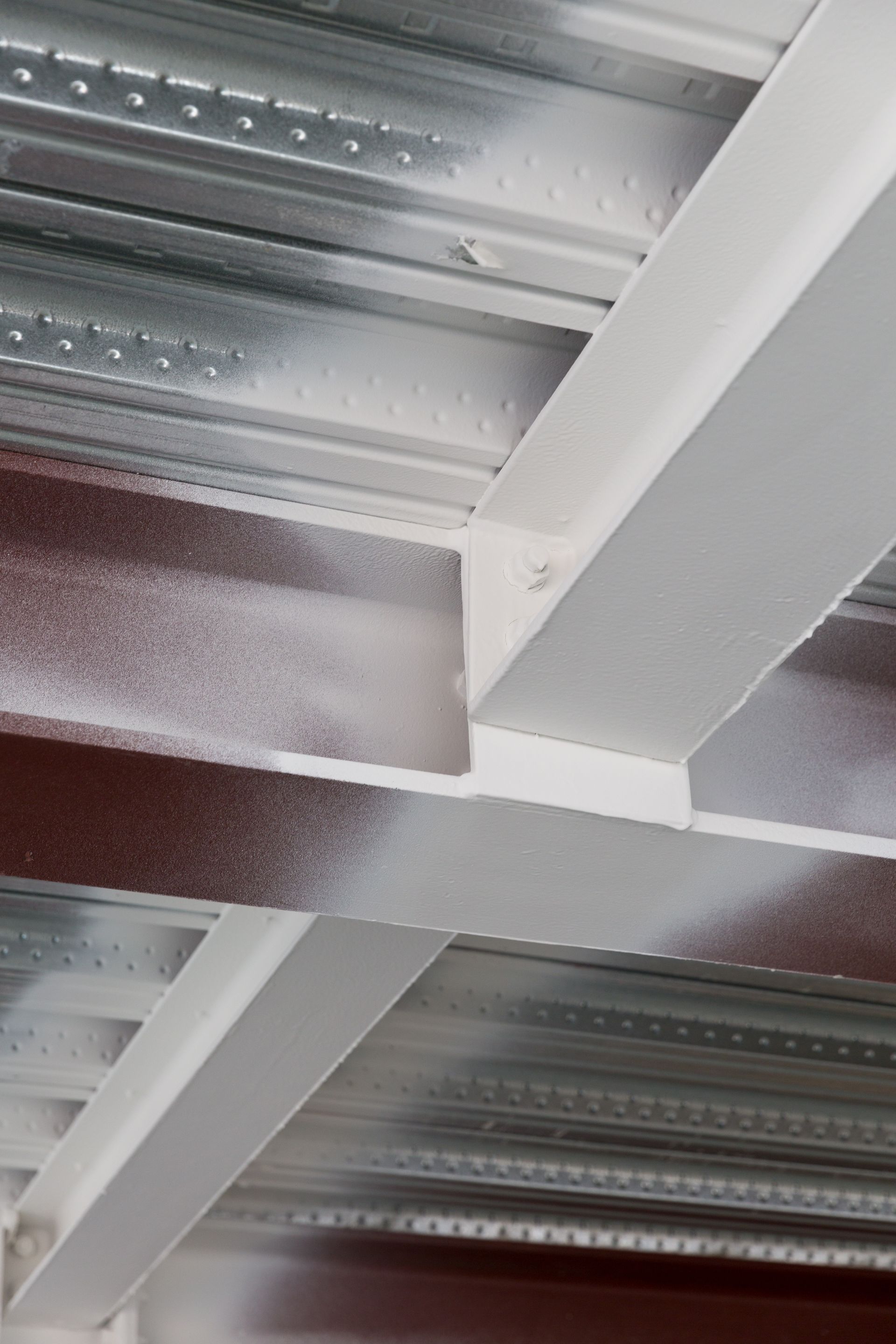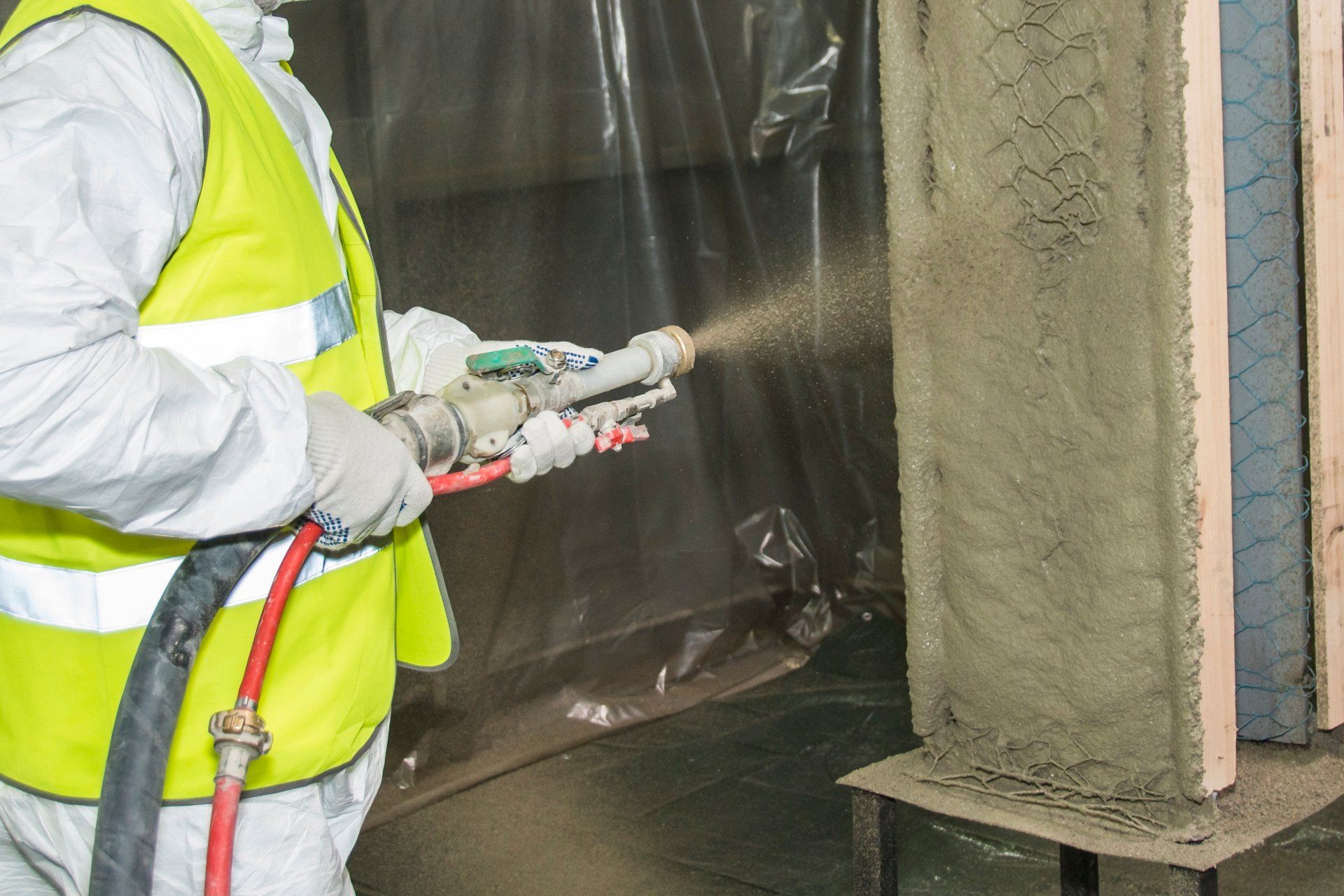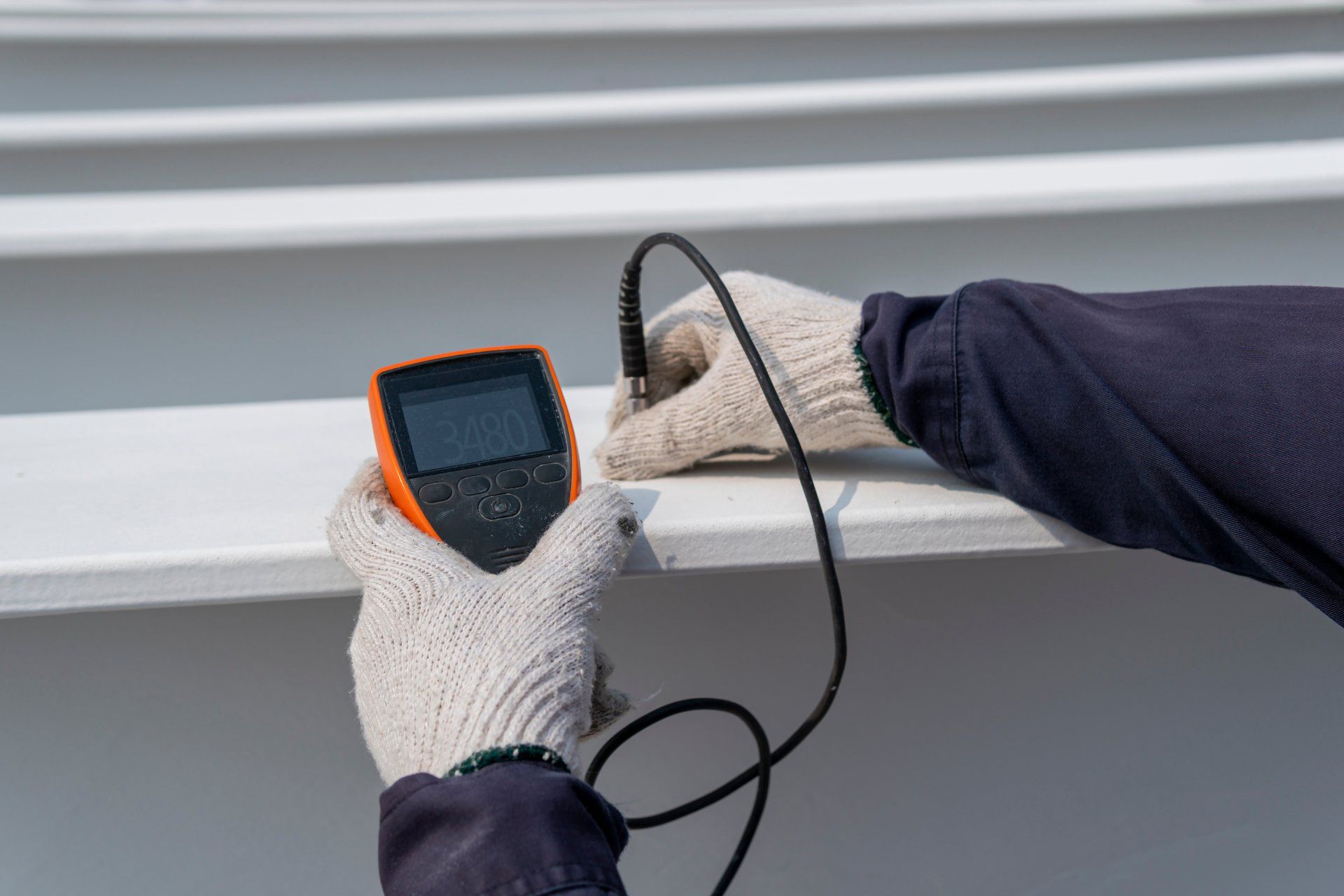Intumescent Painting | Northern Ireland
Buildings and structures today have some degree of Passive Fire Protection (PFP) to protect lives by delaying possible structural collapse through the use of Intumescent paints on load bearing supports. This allows for evacuation in the case of fire, ensuring the integrity of escape routes for a predetermined length of time.
Passive Fire Protection
Intumescent Paint for Steel
Steel typically starts to lose its structural strength at temperatures above 400•C depending on its alloy composition. Intumescent paint applied by Dangle and our well trained and competent teams, delay the time it takes steel to reach this temperature, allowing time for personnel to evacuate to safety.
Passive Fire Protection Surveys
At times Dangle do accept requests to perform fireproofing surveys to evaluate the passive fire protection system that has been applied to a steel structure. We can provide fireproofing inspectors certified through the Institute of Corrosion to carryout condition surveys for warranty or general annual inspections.
Intumescent Painting
Passive fire protection is an integral part of fire safety. And a legal requirement, of course. Intumescent paint for steel swells up when heated, protecting the material underneath. It also seals small gaps that fire could otherwise pass through. This slows the fire down, giving building occupants more time for evacuation. By protecting the steel structures, it also reduces the chance of a building collapse. And protects firefighters in the process.
Intumescent and fire-retardant paints have an important difference. Fire-retardant coatings release gas as they heat up. This gas dampens the flames and stops them from growing. However, both are commonly used in fire protection.
Intumescent coatings for steel are available in solvent-based and water-based forms. (Although the former is more common.) They have several advantages. For example, they don’t affect the mechanical or other intrinsic properties of the materials. They’re easily applied. At Dangle, we deal mostly with intumescent paint for structural steel. But different kinds of intumescent paint can be used for other materials too.
Intumescent Painting is Saving Lives
Passive Fire Protection PFP
Intumescent Paints
Ablative Coatings
Fireproof Paints
Interested in our Intumescent fireproofing painting services?
We’re here to help!
Our experienced, specialist blade repair technicians are IRATA-certified. They’ve also undergone GWO blade repair training courses. We’ve been providing asset integrity services to the energy sector from the outset. Our combined skills and know-how ensure the highest safety levels and the effectiveness of repairs.



